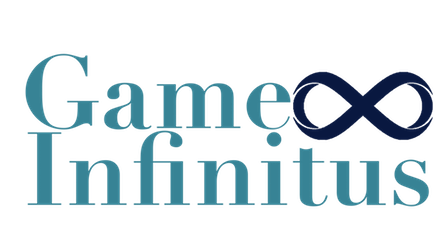Fire Emblem Engage is the latest entry in Nintendo’s longstanding tactical role-playing game saga. It follows Three Houses as the next eagerly anticipated release in the series. Much like prior entries, Fire Emblem Engage is set in its own distinct world with a unique setting. The continent of Elyos is comprised of four kingdoms that surround Lythos, the land of the Divine Dragons. Centuries ago, the region was devastated following a terrible war waged against the Fell Dragon.
Triumph was accomplished with the help of a group of powerful warriors who used the Emblem rings to summon heroes from prior Fire Emblem games to aid them in battle. A thousand years later, the Fell Dragon’s imminent return awakens the protagonist, a Divine Dragon known as Alear, from slumber. From there begins the journey to recover the twelve Emblem rings, which have been spread across the four nations of Elyos, in order to thwart the returning threat.
Engage marks the return of the series to a more conventional style of storytelling. The plot is your standard JRPG affair, with an ongoing conflict between a well-defined good and evil side. There aren’t many plot twists here, and the story is largely predictable. There also isn’t much in the way of player choice, as the tale is essentially driven by the narrative.
Much like previous entries in the series, Fire Emblem Engage’s combat takes a strategic approach to turn-based combat, where the placement of units on the battlefield is of the utmost importance. A few hours into the game, you’ll gain access to the Draconian Time Crystal, which will allow you to rewind and redo your combat actions. This makes the combat a little less overwhelming and easier to manage. Certain weapons in Engage allow the enemy’s guard to be broken if they are vulnerable, which prevents them from performing a counter-attack on their turn. This proves especially useful when chaining attacks on enemies.
Battles are fluid and provide great audiovisual feedback, whether you’re performing an attack, a spell, a parry, a dodge or a critical hit. Everything flows naturally and doesn’t feel like a series of disjoint actions mechanically stringed together.
By far the most prominent addition to the combat in Fire Emblem Engage is the Engage mechanic. Once the Engage meter is filled, a unit can harness the power of the hero spirit present in their equipped Emblem ring to access new skills, weapons, and attacks for the next three turns. Each Emblem ring offers different abilities, such as repeated strikes, attacking enemies anywhere on the map, creating blocks of ice, summoning clones, boosting allies, etc. These powerful abilities aren’t just there for the show, as they prove particularly useful in various combat scenarios.
Fire Emblem’s combat has never been as accessible as it is in Engage, and it ultimately works well for the game. It still offers plenty of challenges but doesn’t do so by dragging down the experience for the sake of it.
Outside of combat, you’ll be spending much of your time in Somniel, where you’ll have the opportunity to prepare for the next missions by purchasing equipment and items as well as upgrading your weapons. The menus can get quite overwhelming here, and it’s easy to lose your way when trying to navigate them to perform simple tasks like equipping your units.
Somniel is also the place where you’ll have the opportunity to manage your social links. Hearing out your comrades will strengthen your bond with them, leading to them being more effective on the battlefield. While this social element has been present in prior entries, Fire Emblem Engage adds a series of mini-games that allow you to boost your stats for the next battle.
Your units are further strengthened via rings. Those who have one of the twelve Emblem rings equipped can learn techniques possessed by their respective heroes in exchange for experience points. For other units, it’s possible to create Bond rings that are imbued with minor characters from previous Fire Emblem games via Bond fragments obtained from indulging in the game’s side activities. Once equipped to a unit, this weaker variant of Emblem rings grants your unit a small stat boost. However, there’s an RNG element associated with the creation of Bond rings. This leads to some frustration, as you may end up with a lower-ranked ring across several attempts. This gacha-like system feels out of place here, as it fails to deliver a meaningful sense of progression.
All in all, Fire Emblem Engage offers a more accessible take on the series, with a combat system that looks and feels more fluid and seamless than ever before. The new Engage mechanic is the star of the show here, giving the combat an additional layer of depth and strategy. The only elements that hold Fire Emblem Engage back from greatness are its predictable story, its overwhelming and cumbersome menus, and the presence of a gacha-like system that hampers progression.
[penci_review]






